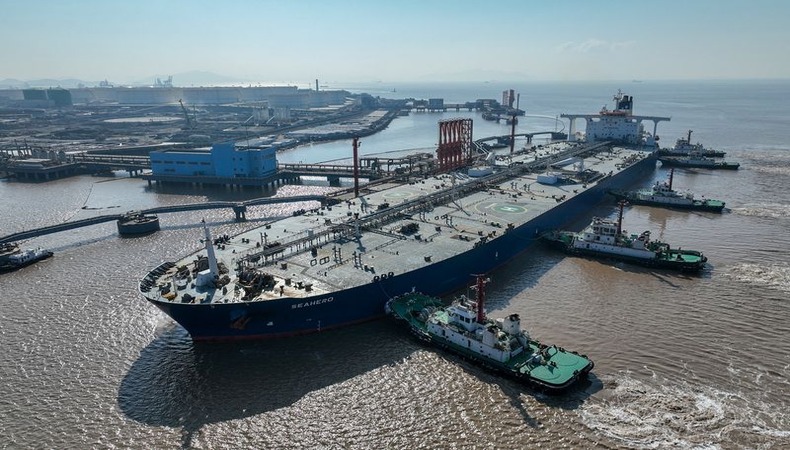OPEC+ Differences Surface Over Oil Production Cuts

Production cuts are at top of the agenda at OPEC+ talks, but it isn’t easy because of the sensitivity of price fluctuations and the economies around the world. The Organization of Petroleum Exporting Countries (OPEC+) will butt heads, amid the war and conflicts in the Middle East.
Angola and Nigeria have objected to lower baselines, the levels off which cuts and quotas are decided, for 2024. Both countries have struggled with declining output because of underfunding, spare capacity depletion and infrastructural sabotage.
Moreover, OPEC+ has been challenged with prices and supply-demand. The member countries already have a two million barrels-per-day production cut in place, compounded by 1.66 million-barrels per-day voluntary declines from some members.
Oil Demand Will Slow in 2024
Analysts say the appetite for oil will slow significantly in 2024 after three years of COVID-19 pandemic recovery and robust increases in demand for oil. They attribute the slowdown to China which is facing an economic slowdown. Economic expansion would be tepid while more efficient energy use and increasing numbers of EVs reduce oil consumption.
The OPEC+ wouldn’t have to increase output as there would be production increase from other oil players. This is pressing Saudi Arabia to push to continue and deepen production cuts. Experts say Saudi Arabia and Russia may roll into the new year with reductions of one million barrels a day, as well as 300,000 barrels a day they agreed on last summer.
While additional production cuts are on the cards, the exact duration and volume has not been made clear. One OPEC+ executive said the grouping may not be able to agree on this and it’s possible the meeting could roll over existing policy.
Jorge Leon, senior vice president of oil market research for Rystad Energy, said a new agreement will be challenging. “Despite the challenges, we still expect OPEC+ to reach an agreement to reduce production. That’s because every member country acknowledges the need to reduce output to support prices into 2024.”
Keep Reading
UN Wants to Open Second Crossing into Gaza via Jordan
Turkey and Germany Opposing Views on Israel Attacks in Gaza
US Gains Over OPEC+ Cuts
Meanwhile, the US has been reeling in oil profits. The United States is thriving as an oil producer, it met 80 percent of the global supply increase in 2023. According to IEA, the US in October pumped 19.8 million barrels a day – nearly as much as the combined total from Russia and Saudi Arabia. This highlighted that non-OPEC countries are in a better position to meet growing global demand.
OPEC+, led by Saudi Arabia, turned to cuts to increase prices and avoid a buildup of oil reserves in tank farms. Furthermore, OPEC’s leverage over the markets is now weak.




